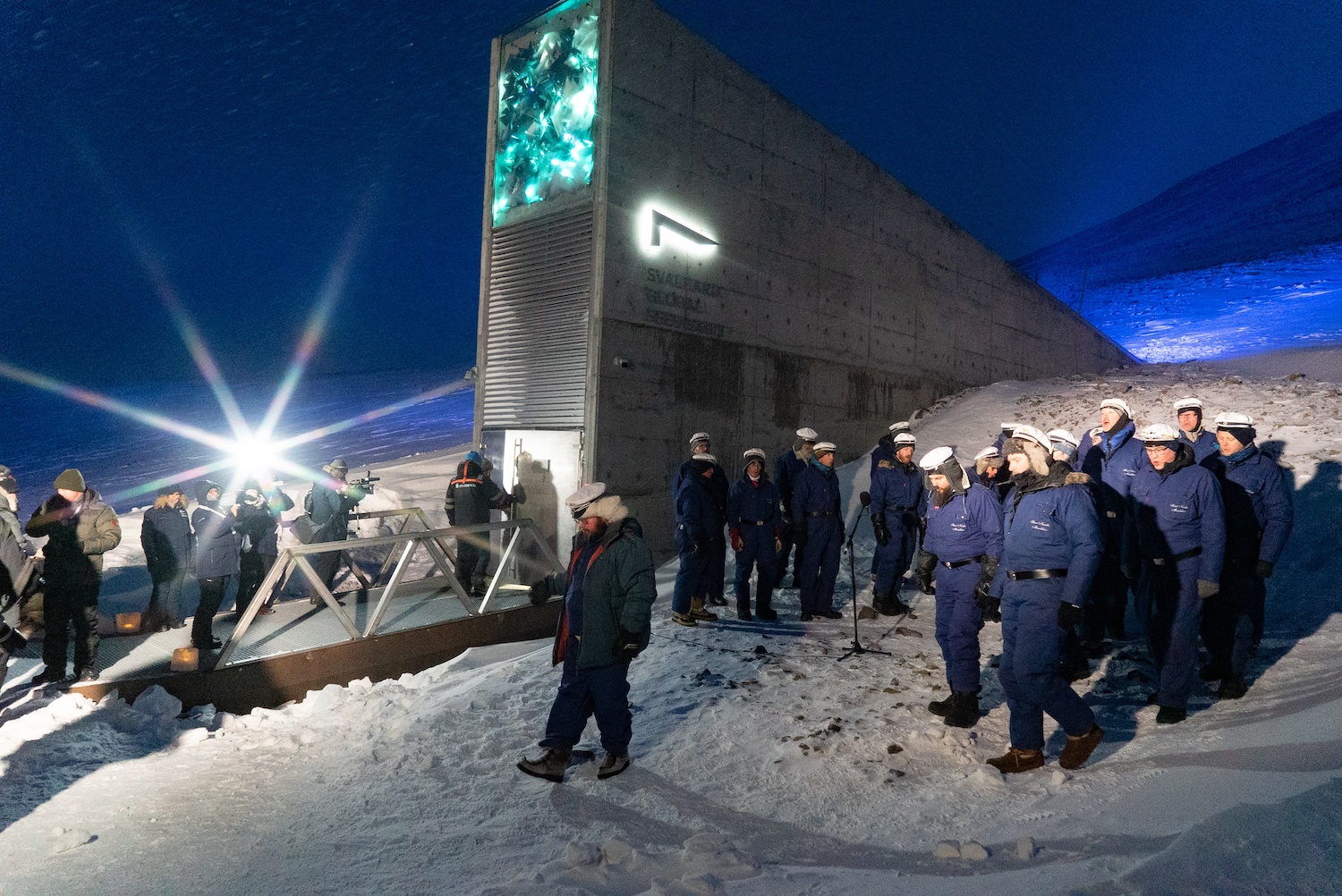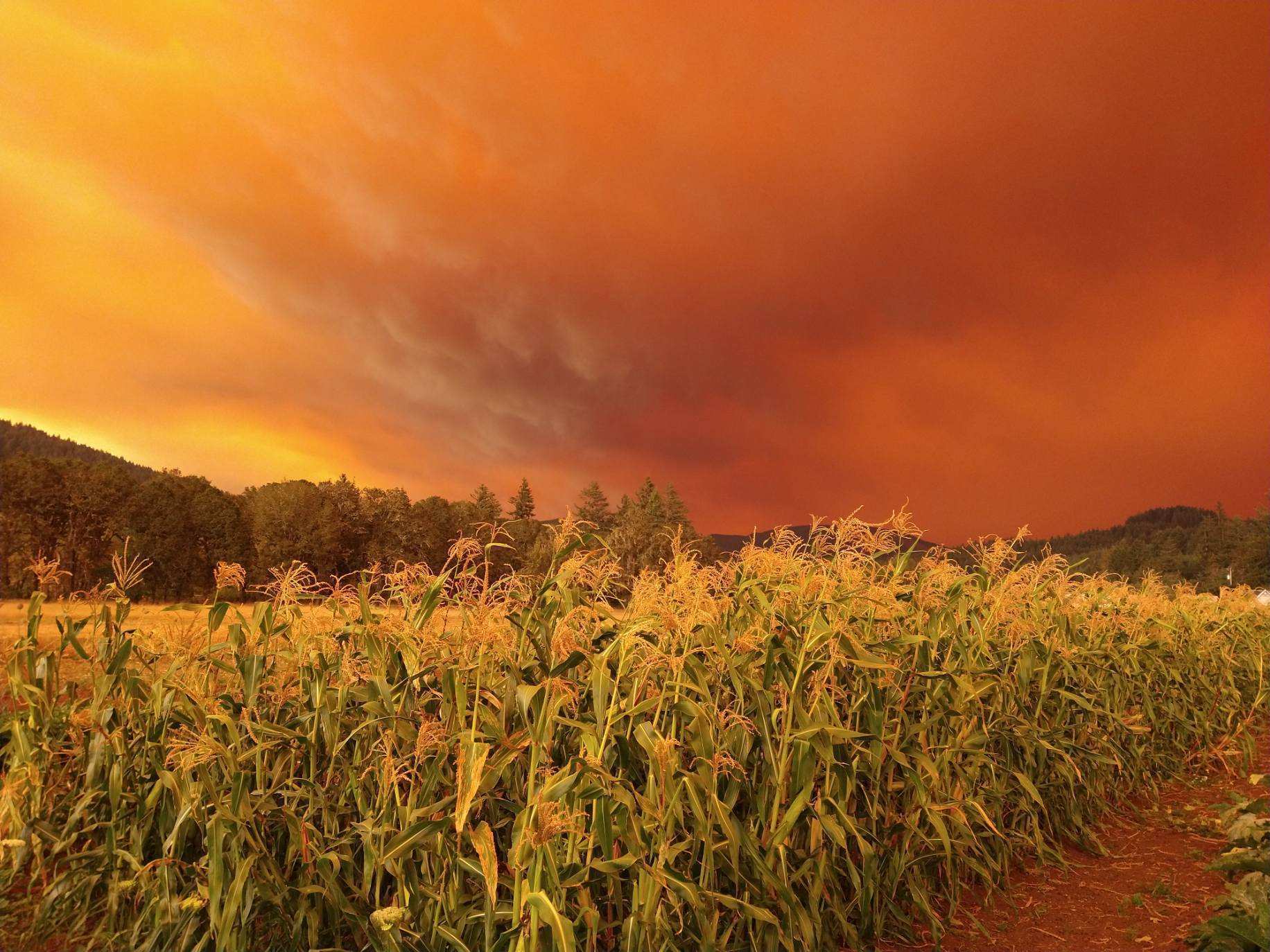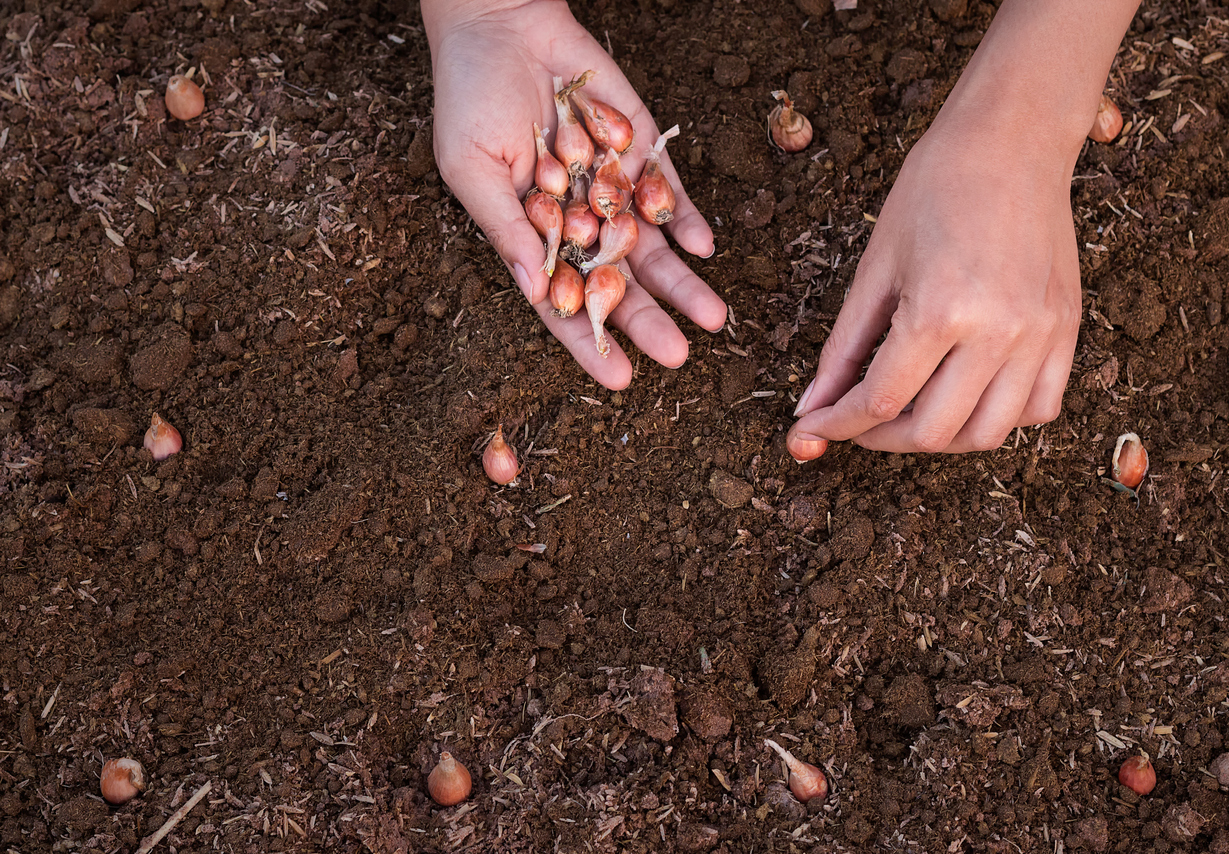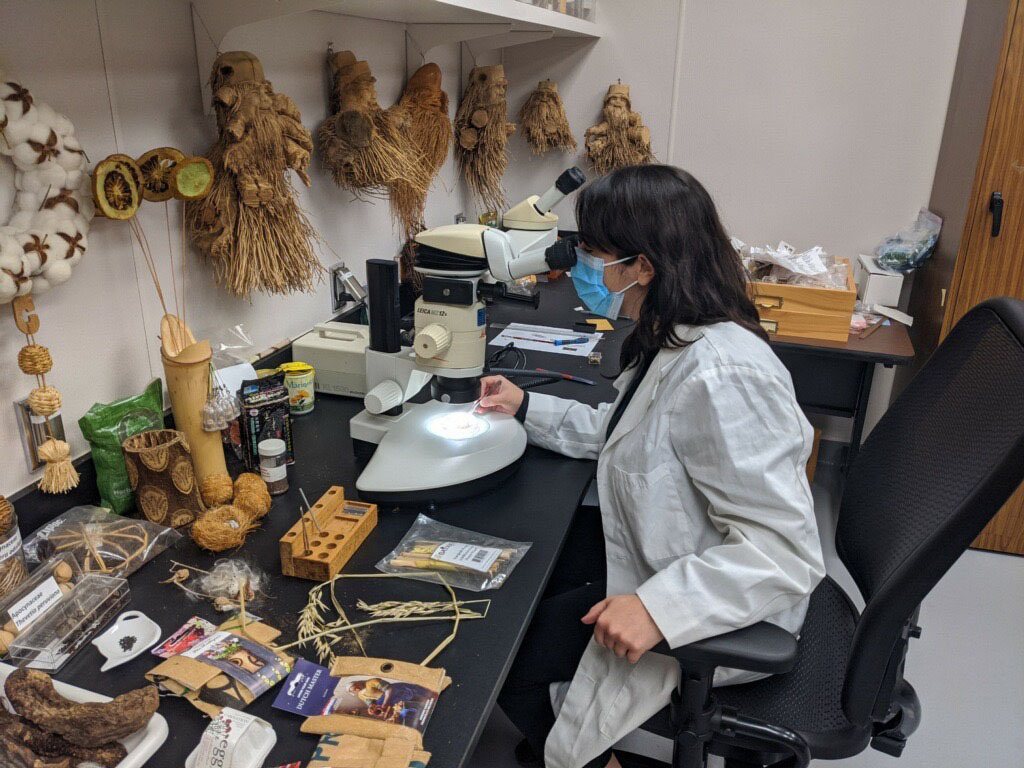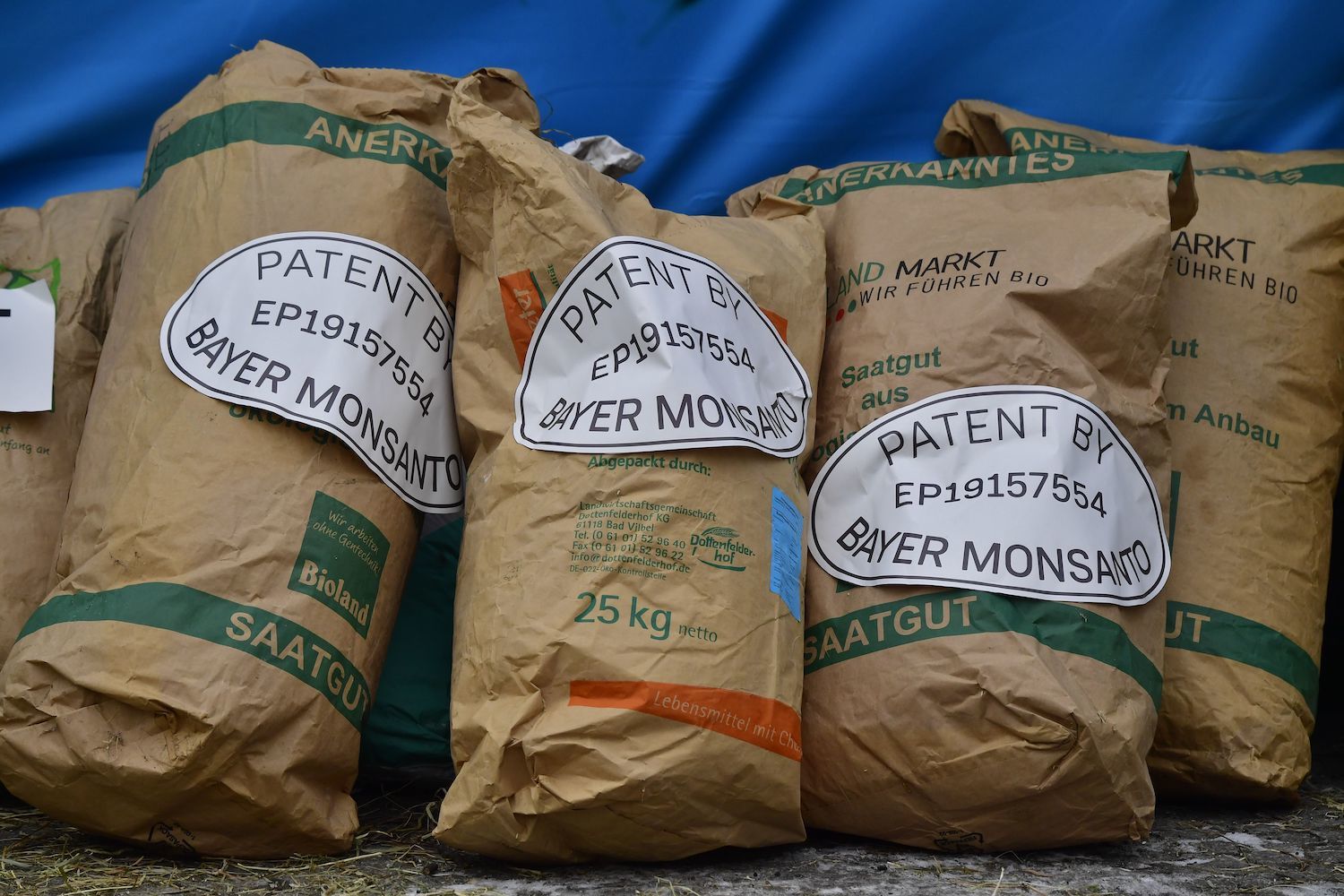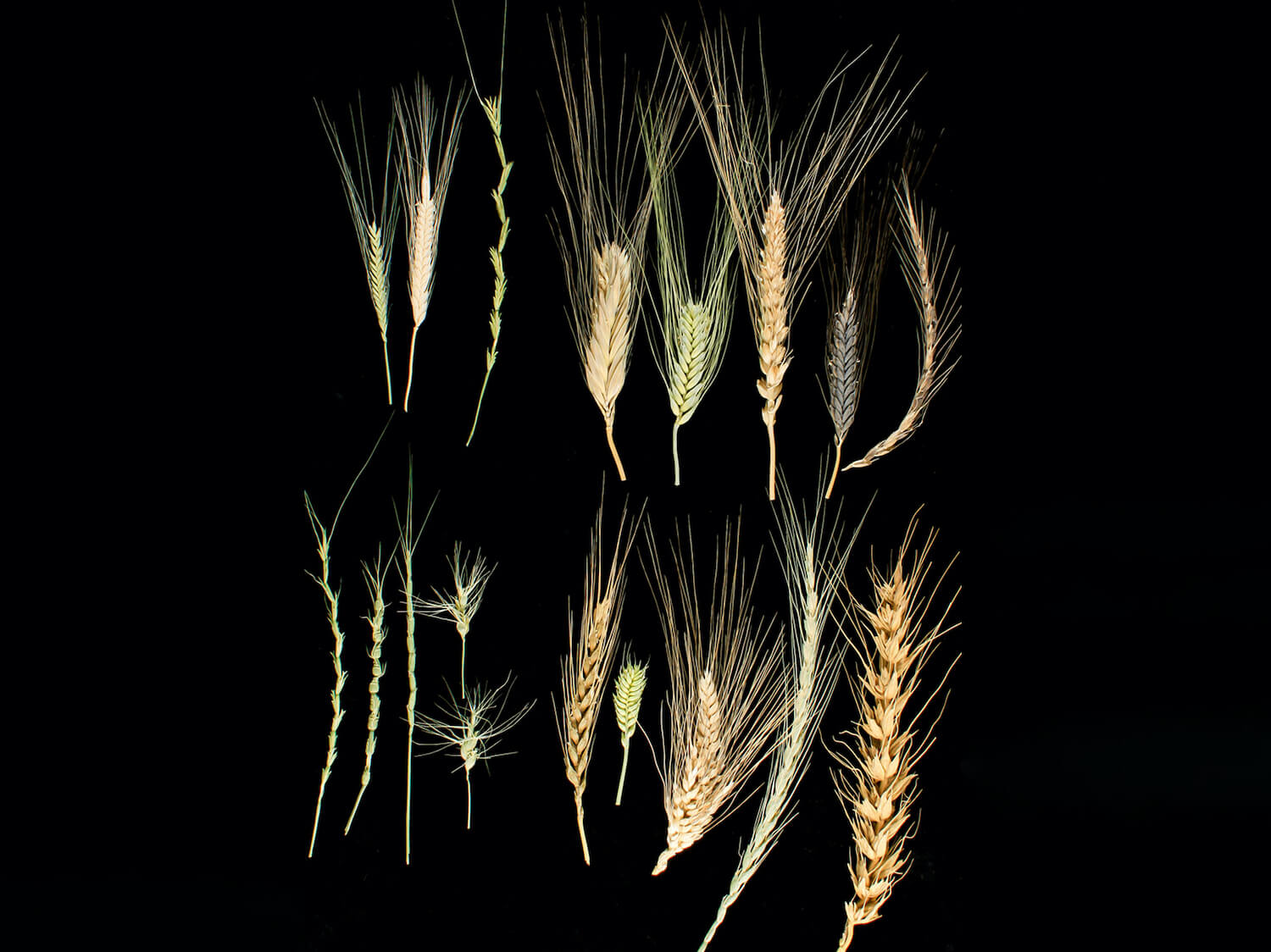
Xochitl Fonseca/CIMMYT
For the International Day for Biological Diversity, we caught up with Dave Hodson, senior scientist at CIMMYT: The International Maize and Wheat Improvement Center, to discuss why conservation may be the key to our survival.
A year ago today, as the Covid-19 pandemic fully seeped into our lives, The Counter published a story on how pandemics impact the plant world, and the lessons from plant science about managing future outbreaks. This information is vital. Climate change, deforestation, and land-use disruptions can displace certain animal species and, as they come into closer contact with humans, increase chances of cross-species transmission of pathogens. The increase in disease-causing organisms and reduced intervals between outbreaks are exacerbated by two additional factors: 1) antibiotic resistance in both humans and livestock, and, in plants, resistance to herbicides and insecticides; and 2) industrial agriculture, where species of plants and animals are typically raised in monoculture, in concentrated environments. A single pest or disease can devastate a vulnerable field, a feedlot, or community.
Journalist Simran Sethi, who penned an award-winning book on the loss of agricultural biodiversity (read an excerpt here), caught up with Dave Hodson, a senior scientist at CIMMYT (the International Maize and Wheat Improvement Center, identified by its Spanish acronym) in El Batán, Mexico. The CIMMYT collection includes over 140,000 diverse varieties of wheat from more than 100 countries, making it the largest consolidated collection of the food staple in the world. Hodson has been instrumental in developing a global monitoring system for wheat leaf rust (a fungal disease known as the “polio” of wheat that can cause crop losses of up to 40 percent).
Dave Hodson, senior scientist at CIMMYT (the International Maize and Wheat Improvement Center).
The interview has been lightly edited for clarity.
—
Simran Sethi: Why is it so essential to preserve biodiversity?
Dave Hodson: The key thing, in terms of the conservation, is that there’s so much we don’t understand and so much potential value in that genetic material. You never know when it might be useful.
SS: Meaning traits we might need, or want, to breed into crops in the future? Such as greater tolerance to heat or drought?
DH: Exactly.
SS: And what can biodiversity conservation teach us about the pandemic and future pandemics?
DH: With Covid, we see how damaging a pathogen can be. Crops like wheat also suffer from very devastating disease outbreaks. What we’ve seen many times is the value in conserving a wide range of wheat varieties for what are known as resistance genes. With the assessment tools we’ve got now, we have the ability to understand plant genetics in much more detail, combining with testing in the field to uncover the secrets of what is working.
SS: During the Green Revolution, one of the priorities in crop breeding was yield, with the goal of feeding as many people as possible. With the increase in intensified, monoculture agriculture, I’m curious what traits conservationists are prioritizing in terms of researching and saving plant material.
DH: Obviously, disease resistance traits, but also for abiotic stressors such as drought tolerance or salinity. [“Abiotic” or “non-biological” stressors are caused by non-living factors including weather, soils, chemicals, and the structures of farms.]
SS: Abiotic stressors greatly impact our ability to grow and gather food …
DH: There are a whole range of valuable traits we find in the wild relatives of crops or in old landraces.
SS: Landraces are localized plant varieties that have adapted to a place over time, while wild relatives are the plants from which a crop was domesticated, or a closely related species. What kinds of traits do they hold?
DH: Being able to survive over time in quite harsh conditions. They have incredibly valuable genetic makeups. On the biotic [living] side there’s disease resistance, and on the abiotic side, something like drought tolerance. But then you’ve also got the nutritional side. My colleagues are working on biofortified varieties of wheat with higher zinc levels with varieties that have those nutritional traits, as well.
SS: Do you see any evolution in priorities in light of climate change?
DH: Certainly. You’ve got additional heat stressors, plus drought. Those two are key challenges. It’s increasingly important that we have more genetic options that we can use to give the crop the ability to survive in light of the many challenges they’re now faced with.
SS: Are there any other insights around plant pandemics and the Covid-19 pandemic you’d like to share?
DH: So much of what you’re seeing around Covid translates across to plant diseases. In both instances, we need to be tracking changes that are happening. For Covid, it’s in terms of variants, and it’s the same with plants. For wheat, it’s the different biotypes of wheat rust. The parallels are there.
At this point, probably everybody on the planet has heard about epidemiology and epidemiological models. We do a lot with colleagues at Cambridge University in the UK in terms of using exactly the same types of models for forecasting and giving early warning for wheat diseases, as they do with coronaviruses. It’s often the case that certain technological tools are developed very quickly when it comes to human health applications. We’re seeing a direct transfer of that knowledge that we can use in crop health.
SS: Considering wheat makes up about one-fifth of the world’s total caloric intake and proteins worldwide, this is highly consequential.
DH: Exactly.
Reporting was made possible in part by the Fund for Environmental Journalism of the Society of Environmental Journalists.


